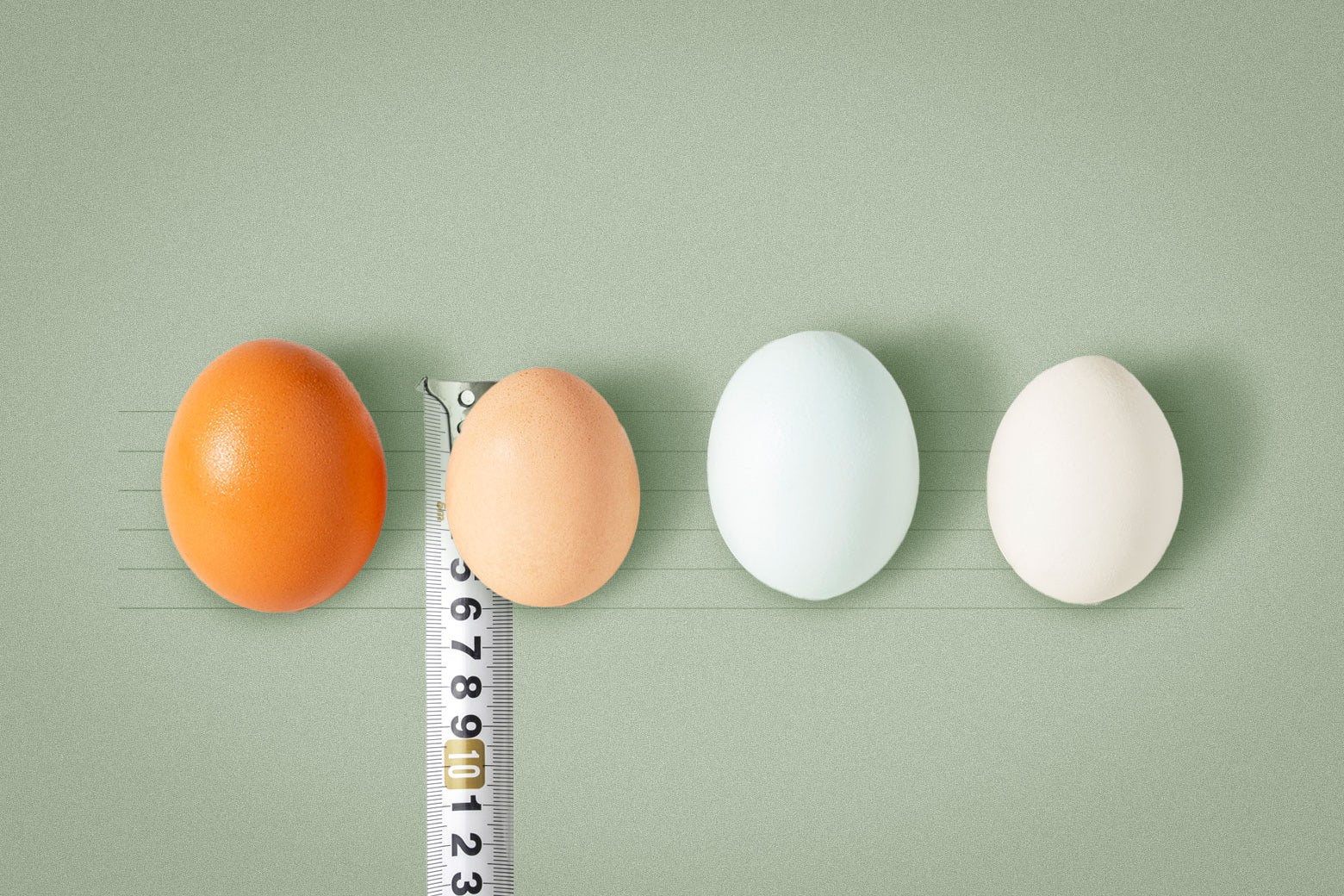The Egg Dilemma: Why We Should Weigh Eggs Instead of Counting Them

In recent times, the humble egg has become a hot topic of discussion, particularly regarding its soaring prices that have caused quite a stir in the United States. This debate is more than just about cost; it touches on a fundamental aspect of cooking: how we measure our ingredients. Eggs are a staple in American householdsthey're counted, measured, and expected to fit neatly into our culinary equations. But as anyone who has dabbled in cooking or baking knows, the precision of measurement can significantly affect the outcome of a recipe. So, the question arises: Should we consider weighing our eggs instead of simply counting them?
Traditionally, American recipes often call for eggs by the dozen or in whole numbers, but as many culinary experts and serious bakers from around the globe have demonstrated, weighing ingredients like flour and sugar leads to more consistent and reliable results. This trend towards precise measurements is not merely a passing fad; it reflects a shift toward a more methodical approach to cooking and baking, where accuracy takes precedence over the more casual, volume-based methods.
Baking, unlike cooking, relies heavily on precision. A slight miscalculation can lead to disastrous resultsthink of a cake thats too dense or a cookie that turns out flat. As someone who enjoys making pasta, Ive experienced firsthand the life-changing impact of using a digital scale. Weighing my durum wheat flour in grams instead of cups has transformed my pasta-making experience into a reliable process. For instance, my go-to recipe consists of 500 grams of durum wheat semolina flour combined with 300 grams of warm water, creating a foolproof dough each time.
However, when it comes to egg-based recipes, many still rely on counting eggs and measuring in cups, which can create inconsistencies. For example, a study by Petaluma Egg Farm indicates that a large egg can weigh anywhere from 54 to 61 gramsa substantial variance that can lead to unexpected results in a recipe. During a recent egg price crisis, anecdotal evidence suggested that even jumbo eggs seemed almost absurdly disproportionate. Curious about this variability, I decided to weigh a carton of large eggs that I purchased from my local farmers' market. The results were enlightening:
Easter Week Egg Weights (in grams):
Egg 1: 62.6
Egg 2: 59.4
Egg 3: 60
Egg 4: 51.3
Egg 5: 61.2
Egg 6: 57.2
Egg 7: 56.8
Egg 8: 55.2
The most striking observation was the 10-gram jump between Egg 4 and Egg 5, highlighting the inherent inconsistency in egg weights. Such variations could wreak havoc in recipes that depend on a specific amount of egg, like a chocolate cake. An incorrect measurement could mean the difference between a dense, dry cake and a perfectly moist one.
This inconsistency raises the question: why isnt the culinary industry standardizing egg measurements by weight? Cracking an egg into a bowl on a scale is just as easy as counting them, yet many cooks remain loyal to the age-old practice of counting. J. Kenji Lpez-Alt, a prominent recipe developer, has addressed this topic in a post on Serious Eats, pointing out that while mass measurements provide accuracy, they can be intimidating for the average home cook. Most people want a recipe that balances precision with a bit of flexibility, allowing them to relax while still achieving a good result.
Interestingly, Lpez-Alt doesnt include eggs in his discussion of mass measurements. Perhaps this is because, among all ingredients, eggs are the last thing most people consider weighing. We have become so accustomed to counting them that breaking this habit feels daunting. However, with the increasing sophistication of home cooks, especially after the pandemic-fueled baking boom, perhaps its time we embrace a new standard in cooking.
To gain more perspective on this issue, I spoke with chef Talia Clark from Forest, a modern Italian restaurant in Birmingham, Michigan, renowned for its pasta. Clark emphasized the importance of weighing eggs, particularly in recipes that require precision. She noted that commodity eggs tend to be larger than organic eggs, which can significantly affect the hydration of the dough. Every recipe benefits from the consistency that comes with weighing all ingredients, including eggs, she stated. On that day, she had both organic eggs weighing 51 grams and regular eggs at 74 gramsa notable difference that could impact the final dish.
Clarks insight underscores a critical point: restaurant recipes must be foolproof to accommodate chefs of varying skill levels. The question then arises: should this need for precision extend to home cooks as well? While the idea of foolproof recipes is appealing, not every cook seeks the exactness that weighing ingredients provides. Many home cooks, particularly older generations, may find comfort in the more fluid style of cooking that emphasizes intuition over strict measurements. As I reminisce about my grandmothers cooking, which often relied on a sense of feel rather than precise measurements, I recognize the beauty in that approach. Yet, mastering the art of cooking does require practice, and for most, starting with precise measurements is a practical recommendation.
In conclusion, while its essential to appreciate the art of intuitive cooking, weighing eggs can provide another avenue to achieve culinary excellence. After all, in a time of rising grocery costs, understanding the precise weight of an ingredient can deepen our appreciation for it. As we continue to explore the world of cooking, perhaps we should allow for both methodsweight and countto coexist, enabling cooks of all backgrounds to reach their culinary goals without feeling constrained by one method or the other.
















